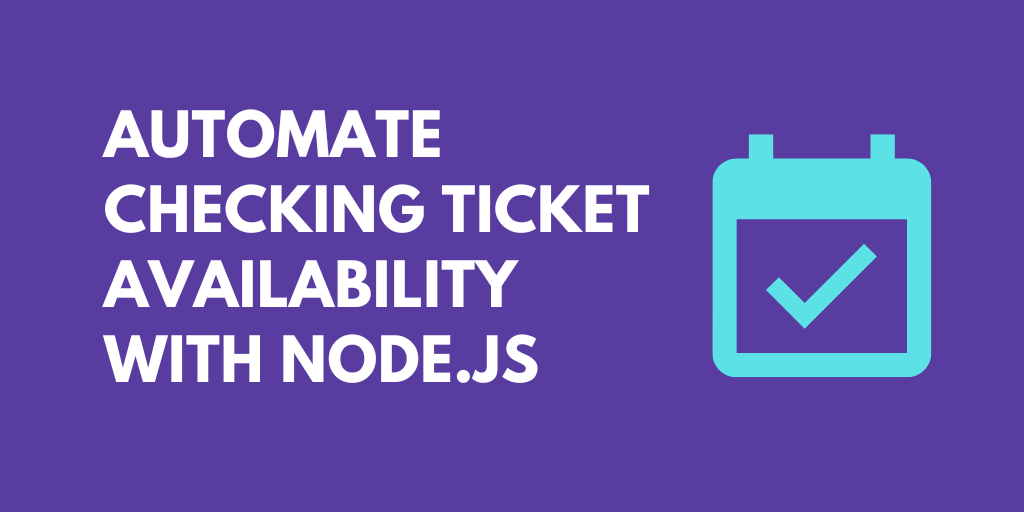What do you want to automate
with Tumblr and Node?
Prompt, edit and deploy AI agents that connect to Tumblr, Node and 3,000+ other apps in seconds.
Trusted by 1,000,000+ developers from startups to Fortune 500 companies
Popular Tumblr and Node Actions#
Write custom Node.js code and use any of the 400k+ npm packages available. Refer to the Pipedream Node docs to learn more.
Overview of Tumblr#
The Tumblr API on Pipedream allows you to automate interactions with your Tumblr account, like posting content, managing posts, and interacting with followers. By leveraging this API, you can craft workflows that streamline your social media strategies, analyze engagement, and connect your Tumblr activities with other tools and platforms. Whether you're looking to auto-post content across different networks, analyze post metrics, or curate content based on specific criteria, the Tumblr API paired with Pipedream’s serverless execution model paves the way for powerful automations.
Connect Tumblr#
import { axios } from "@pipedream/platform"
export default defineComponent({
props: {
tumblr: {
type: "app",
app: "tumblr",
}
},
async run({steps, $}) {
return await axios($, {
url: `https://api.tumblr.com/v2/blog/good.tumblr.com/info`,
params: {
api_key: `${this.tumblr.$auth.api_key}`,
},
})
},
})
Overview of Node#
Develop, run and deploy your Node.js code in Pipedream workflows, using it between no-code steps, with connected accounts, or integrate Data Stores and File Stores
This includes installing NPM packages, within your code without having to manage a package.json file or running npm install.
Below is an example of installing the axios package in a Pipedream Node.js code step. Pipedream imports the axios package, performs the API request, and shares the response with subsequent workflow steps:
Connect Node#
// To use previous step data, pass the `steps` object to the run() function
export default defineComponent({
async run({ steps, $ }) {
// Return data to use it in future steps
return steps.trigger.event
},
})Community Posts#
